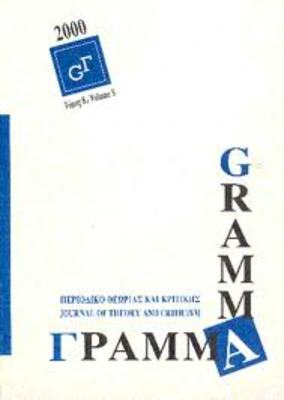Cultures of Invisibility : The Semiotics of the Veil in Early Christianity
Part of : Γράμμα : περιοδικό θεωρίας και κριτικής ; Vol.20, 2012, pages 274-286
Issue:
Pages:
274-286
Author:
Abstract:
The paper aims at seizing the main features of the early Christian conceptionof the female body, of its visibility and invisibility. It therefore proposesa semiotic analysis of De virginibus velandis, “on the veiling of virgins”,a moral treatise written by Tertullian, probably between 213 and225, and addressed to the strict Christian sect of Carthage known as “Tertullianists”.The paper claims that as in this text, so also in the moral discourseof contemporary religious fundamentalisms, the veil is not simplya symbol but a meta-semiotic device of invisibility, whose intrinsic “betweenness”brings about a series of semi-symbolic oppositions that togethershape and maintain the identity of a religious community by inscribingits limits on the surface of the female body.
Subject:
Subject (LC):




